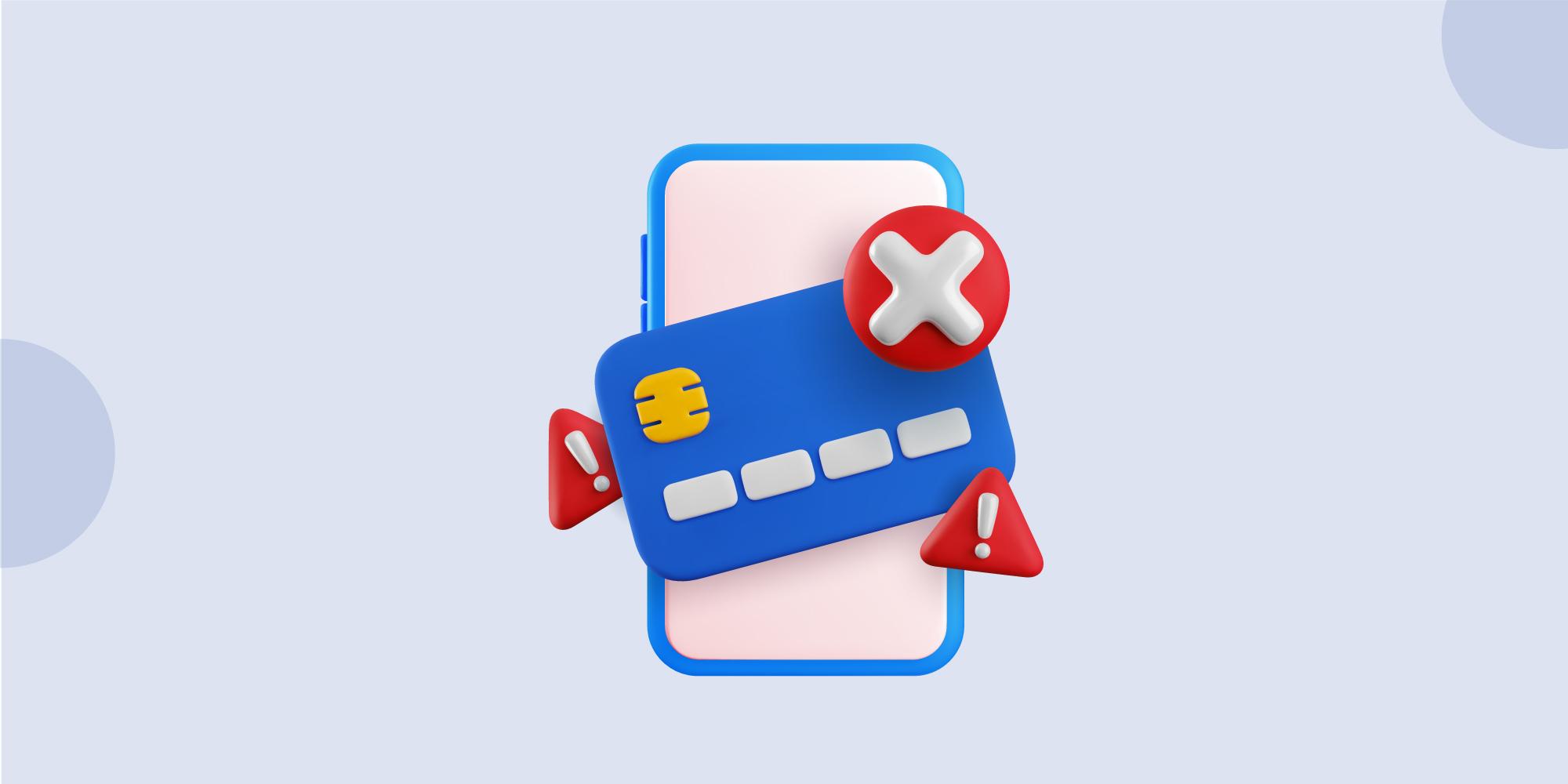Everything You Need to Know About UPI Dispute Redressal Mechanism
Reviewed by: Fibe Research Team
- Updated on: 28 Aug 2025
Reviewed by: Fibe Research Team

UPI has made payments fast and simple. But like any system, errors can happen. You might send money to the wrong account, face a failed debit or not receive a refund on time. That’s where the UPI dispute redressal mechanism comes in. It helps users raise complaints, track them and get quick solutions.
Read on to understand how the UPI dispute redressal mechanism works and the key timelines. You will also know your rights and the simple steps to follow if your money gets stuck.
Most disputes occur because of:
These are common issues that almost every user may face at some point. The good news is that there is a clear UPI dispute redressal mechanism to fix them.
The National Payments Corporation of India (NPCI) runs the UPI platform and ensures safe and seamless digital payments across the country. To handle issues it has set up ‘UPI Help’, also known as the NPCI dispute redressal mechanism. This is the official UPI dispute redressal mechanism. It tracks every complaint until closure. NPCI also studies dispute data to improve efficiency and reduce repeat problems.
This platform connects banks and payment service providers. They can log complaints, track updates and resolve them within fixed timelines. In short, NPCI makes sure your issue is not ignored. Banks must act on it and keep you informed. This makes the process simple and accountable.
The UPI dispute redressal mechanism follows a step-by-step structure:
This layered system ensures that there is a chain of responsibility. Your issue is reviewed at multiple levels before closure.
Without a formal mechanism, users would be left waiting endlessly for refunds. With the system in place, there are clear benefits:
Here’s how you can raise a complaint if your money is stuck or sent to the wrong account:
This process ensures that your complaint is properly recorded and tracked. Also, always keep screenshots and transaction IDs handy. Banks may ask for proof during resolution
As per the RBI and NPCI dispute redressal mechanism rules:
These timelines make the NPCI redressal process structured and time-bound. They also give users a clear idea of when to expect resolution.
Money glitches can be stressful, especially when a UPI refund takes time under the dispute redressal mechanism. Having a fallback option ensures your daily expenses are never disrupted. With Fibe, you can get an Instant Cash Loan Online in just 2 minutes!
You get repayment options from 6 to 36 months with no collateral needed. A quick one-time application gives you access to credit anytime. This way your finances stay on track while the dispute gets resolved. Download the Fibe App today for instant access to funds!
You can report it directly on your UPI app under ‘Transaction History’. Select the payment, choose ‘Raise Complaint’, and submit. If not resolved, escalate to your bank, then to NPCI and finally to RBI Ombudsman if needed.
If you enter a wrong UPI ID, raise a UPI wrong transaction complaint on your app right away. The bank will try to recover funds, but refunds need the receiver’s consent. This is why it’s always best to double-check the UPI ID before paying.
In that case, you can reopen the complaint through your UPI app or escalate directly to NPCI. If the response is still unsatisfactory, you can file a grievance with the RBI Ombudsman.